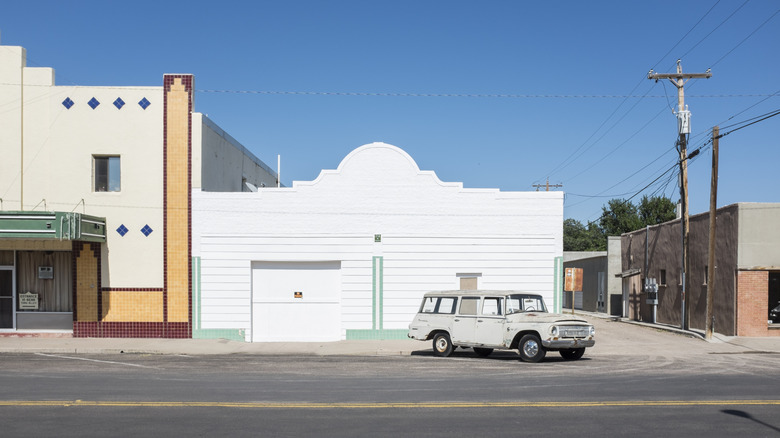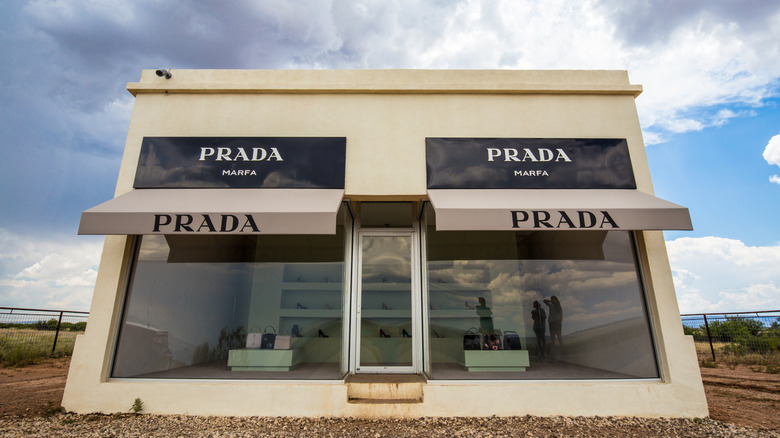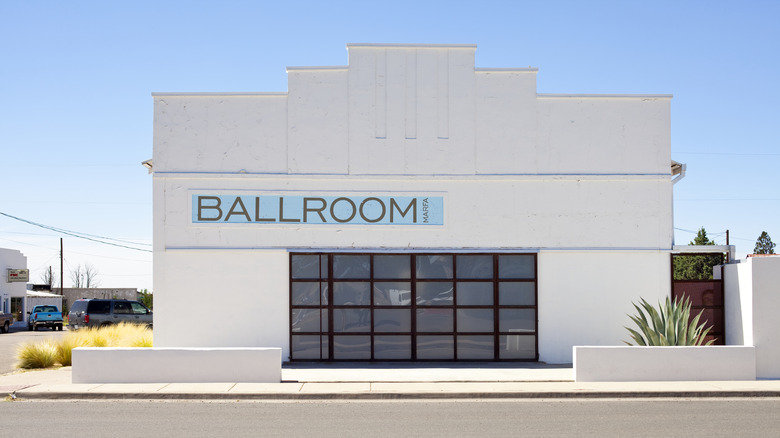Texas, one of America’s most memorable states, is full of eccentric, off-kilter towns. From the Germanic historic town of Fredericksurg, that hosts its own annual Oktoberfest, to the artsy village of Salado with its Scottish heart, the Lone Star State may be huge, but it has an even bigger personality.
Of all these wacky dots on the map, Marfa isn’t your typical Texas town. With humble origins as a modest railroad water stop, in the last few decades it has transformed into a cultural haven, a hub of leading arts institutions, bringing with it a fascinating history, and warm southern hospitality. This rare mix makes Marfa one of the most interesting towns in America, drawing creatives and travelers from around the globe who are eager to get a glimpse of its thriving contemporary art and cultural scene.
Like its famous neighbor, Austin, the best vacation spot for film lovers after LA, Marfa has become an artistic Mecca. The town’s artistic transformation first began in the 1970s with the arrival of artist Donald Judd, who relocated from New York City and quickly renovated some of the town’s decommissioned military buildings to establish the Chinati Foundation in 1986. This soon set the stage for large-scale, permanent art installations, accelerating Marfa’s cultural renaissance. Today, Marfa offers a unique experience that blends minimalist art, rich history, and warm hospitality, a vacation that is both mentally enriching and visually stimulating.
Marfa, an unsuspecting artworld mecca
With so many cultural offerings in Marfa, it’s hard to know where to start, but at the heart of the town’s art scene is the Chinati Foundation. Rising to fame in recent years, the Chinati Foundation has exhibited works by internationally-renowned artists like Dan Flavin and Haroon Mirza, integrating art, architecture, and landscape into its design and programming. They also offer seasonal education programs to encourage deeper engagement with the local art scene.
Then there’s the town’s most iconic landmark. Prada Marfa, a paradoxical art installation that has graced the cover of many art magazines, sits against the stark, arid desert landscape. As a comment on consumerism, this life-sized replica of a Prada boutique is meant to look out of place, often catching drivers off-guard as they zoom down the highway. Created by Elmgreen & Dragset, the non-functional structure challenges the conflicts between high fashion and rural austerity.
Another essential stop for arts enthusiasts is Ballroom Marfa. This iconic space is known for its music performances and cultural events. Exhibits at the Ballroom range from multimedia installations to video art. With site-specific commissioned projects being made specifically for this restored 1920s dance hall, Ballroom is worth the pilgrimage. Marfa’s cultural offerings don’t stop there, with a wave of creativity resulting in a surge of new institutions. The Ayn Foundation is home to some of Andy Warhol’s lesser-seen works, and offers residencies, with the aim of bolstering regional creativity. The permanent collection also houses work by painter Maria Zerres. There’s also Rule Gallery, a smaller contemporary gallery which focuses on regional artists, and the Wrong Store, a well-curated design boutique that also has its own exhibition space in a converted church.




